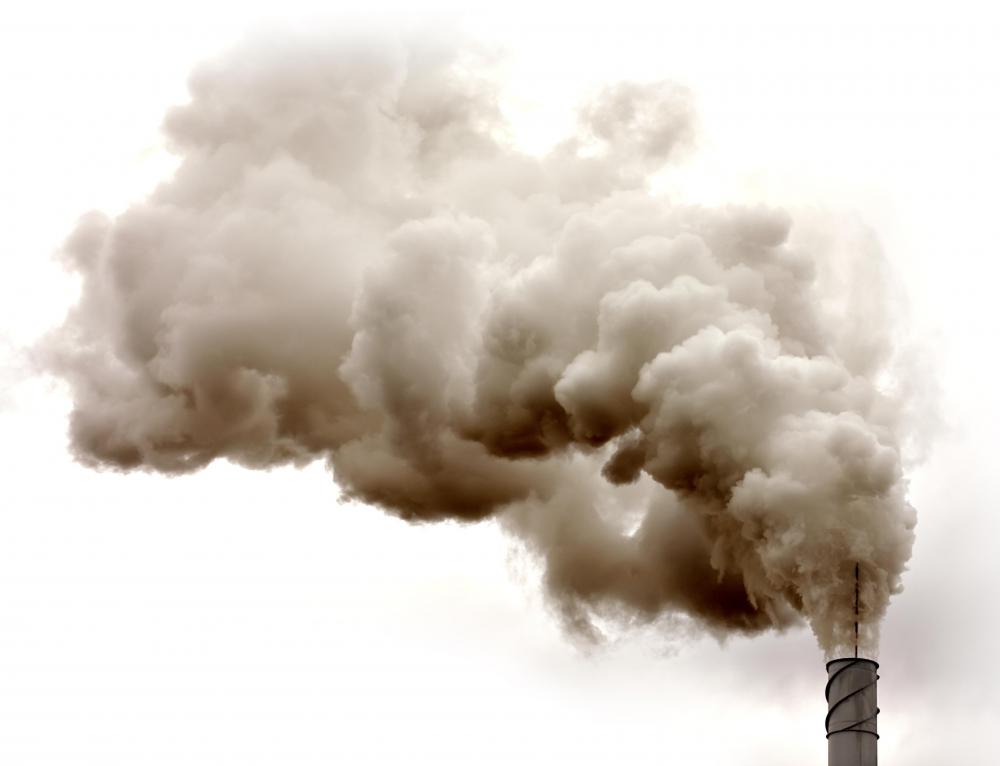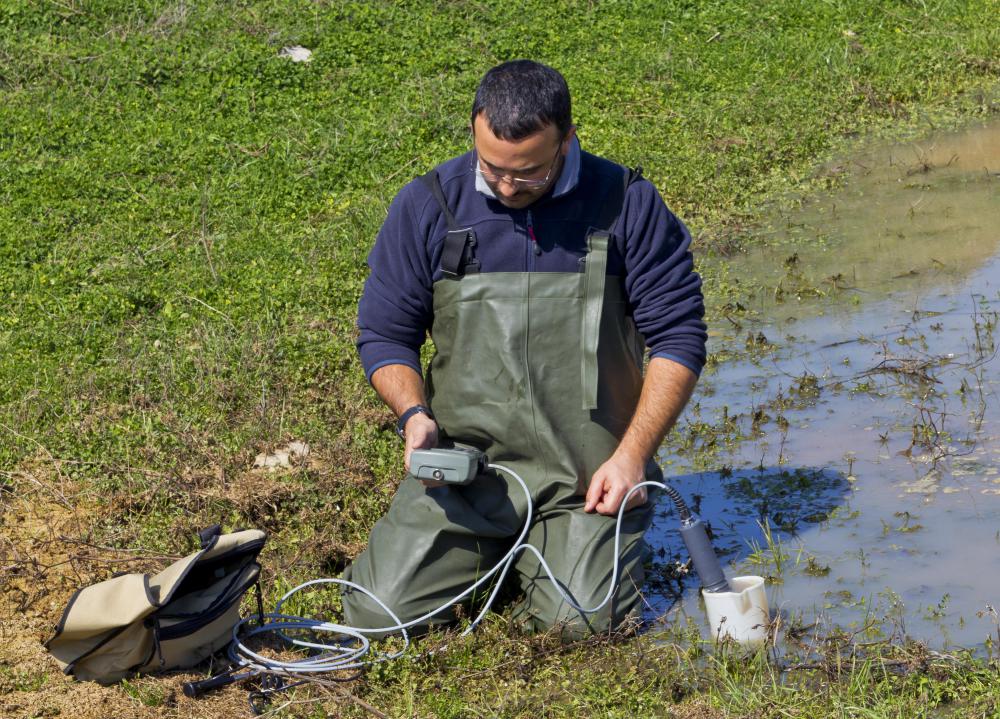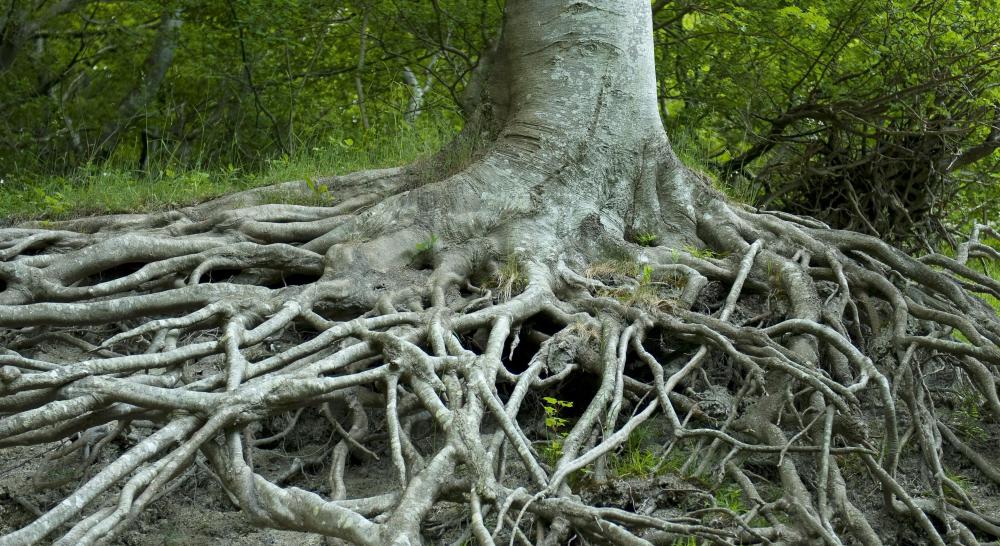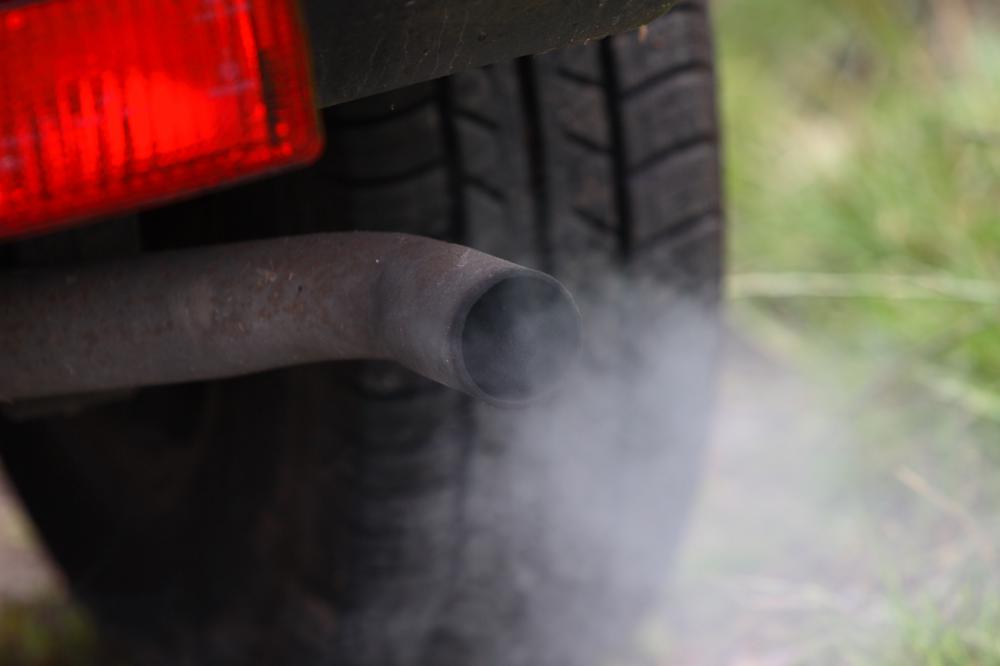At AllThingsNature, we're committed to delivering accurate, trustworthy information. Our expert-authored content is rigorously fact-checked and sourced from credible authorities. Discover how we uphold the highest standards in providing you with reliable knowledge.
What are Some Environmental Problems?
Environmental problems can be found in all areas of the world, and they affect land, water and air. Some result from what humans take from the environment, in the form of land for agriculture, and accommodation for a rapidly increasing population; mineral and fossil fuel resources; and timber. These problems include deforestation, erosion, damage to ecosystems and reductions in biodiversity. Other problems stem from what humans put into the environment, in the form of various pollutants. These issues include climate change, damage to the ozone layer, urban pollution, and acid rain.
Environmental Degradation

One of the most publicized aspects of degradation is deforestation. In the Amazon rainforest in particular, trees are being felled at an alarming rate to provide more land for agriculture. This is threatening the survival of many animal species, for example the jaguar. In Borneo and Sumatra, another forest animal, the orang-utan, is under threat for the same reason.

Deforestation can also lead to soil erosion. Trees stabilize the soil with their roots, reduce the intensity of rainfall that hits the ground, and help soils retain moisture. When they are removed, heavy rain can quickly wash soil away, and, during dry periods, bare, desiccated soil may be removed by wind. Deforestation on hill and mountainsides can lead to flooding, as water is then able to run unimpeded down the slopes, and can also result in disastrous mudslides.

In some cases, successful campaigns have been launched to alleviate some of these problems. For example, in the United States, logging of forest land was destroying the habitat of the Northern Spotted Owl, a threatened species. After a lengthy lawsuit, however, logging was curtailed in those areas. As of 2013, there are campaigns in progress to save a variety of endangered animals.
Air Pollution

This is a global problem that affects the atmosphere, oceans, lakes and rivers, and also land. Many human activities result in the release of toxic chemicals into the air or into water, which can go on to damage the environment or cause ill health in people. Two of the worst air pollutants are sulfur dioxide (SO2) and nitrogen dioxide (NO2). SO2 is produced by sulfur compounds in fossil fuels, particularly coal, while NO2 comes mostly from car exhausts. Both are toxic, and high levels in urban environments can cause, or aggravate, respiratory problems in humans.

These gases are also responsible for acid rain. Both undergo reactions in the atmosphere that produce strong acids, which dissolve in rainwater. The resulting rain can increase the acidity of soils and lakes, killing off sensitive species, and may directly damage trees and other plants. It can also damage some stone buildings and monuments.
Another cause for concern is depletion of the ozone layer, high in the atmosphere. This layer absorbs ultraviolet light, particularly the most damaging forms, minimizing exposure at ground level. The release of chemicals known as chlorofluorocarbons (CFCs), used in aerosol sprays, is blamed for damaging this layer, and potentially increasing exposure of humans, animals and plants to dangerous levels of ultraviolet light. These chemicals have been banned in the USA and Canada, but many other countries are still using them.

Air pollution can also take the form of tiny particles. Many combustion processes, such as wood and coal fires, wood stoves, and the burning of fuel in cars produce minute particles of carbon, in the form of soot and smoke. These may affect climate, by reducing the transparency of the atmosphere, and by acting as “condensation nuclei,” which encourage water vapor to condense into droplets, increasing cloud cover. At lower levels, these “particulate” pollutants may contribute to respiratory problems in people.
Climate Change

One of the biggest environmental problems facing mankind is due to a pollutant that is not normally directly harmful to humans. Carbon dioxide (CO2) is produced in huge quantities by the burning of fossil fuels, for example by cars, industrial processes, and airplanes. It traps heat in the Earth’s atmosphere, and is the most important “greenhouse” gas. Increased levels resulting from human activities are thought to be raising air and ocean temperatures across the planet, a phenomenon known as “global warming” or “climate change.” This, in turn, seems to be causing melting of glaciers and ice sheets on a large scale, which may lead to rises in sea level and the consequent loss of large areas valuable, low-lying agricultural land, and the displacement of huge numbers of people.

Climate change may also have a drastic effect on agriculture due to changes in temperature and rainfall. Many crop plants may be unable to adapt to drier or wetter conditions. Droughts may affect some areas, while others may suffer from flooding, due to increased rainfall. It may be that warming of the oceans will lead to more frequent, and more severe, hurricanes.
Water Pollution

This can occur through the release of industrial waste, for example from mining and metal refining activities, into streams and rivers, from where it may make its way into the ocean. A variety of toxic metals can affect aquatic and marine life and may accumulate in the food chain, posing a threat to humans. Another major source of water pollution is fertilizers, which can be washed into rivers and lakes from farmland, causing a phenomenon known as eutrophication. Nitrates and phosphates, present in fertilizers, and essential for plant growth, can also promote uncontrolled multiplication of algae in lakes, causing an “algal bloom.” This reduces water quality and oxygen levels, and may kill fish.
Invasive Species
Humans often introduce animal and plant species to areas outside their natural range. Sometimes this is done intentionally and sometimes not, but often it can lead to serious environmental problems. Domestic pets may kill local wildlife, while non-native garden plants may escape and become established in a new area, taking over from native species, perhaps because they have no natural predators in their new environment. Increased international travel means that disease-causing organisms can easily be introduced to new areas, where they may cause devastation among species that have no natural resistance.
Solutions
Solutions to many of these problems will require action by governments across the globe, for example, to reduce burning of fossil fuels and develop renewable energy resources. Ordinary people, however, can make their own contributions; for example, cutting down on car journeys helps reduce levels of carbon dioxide, nitrogen oxides and soot. Avoiding long haul flights wherever possible may also help. Companies can play a role by using teleconferencing facilities so that employees do not have to travel to meetings, and allowing staff to work online from home, where practical. Individuals can also help in many small ways, such as minimizing their use of garden fertilizers, not using them when rain is forecast, picking up litter and rubbish that might harm wildlife, and properly disposing of harmful chemicals.
Frequently Asked Questions
What are the primary causes of climate change?
Climate change is primarily caused by the accumulation of greenhouse gases, such as carbon dioxide and methane, in the atmosphere. These emissions result from human activities like burning fossil fuels for energy, deforestation, and industrial processes. According to the Intergovernmental Panel on Climate Change (IPCC), human influence has been the dominant cause of global warming since the mid-20th century.
How does deforestation impact the environment?
Deforestation leads to a loss of biodiversity, disruption of water cycles, and increased carbon emissions. Trees absorb carbon dioxide, so their removal exacerbates climate change. The World Wildlife Fund (WWF) reports that forests are home to 80% of terrestrial biodiversity, making deforestation a critical threat to countless species.
What is the significance of biodiversity loss?
Biodiversity loss reduces the resilience of ecosystems to environmental changes and diminishes their ability to provide essential services like pollination, water purification, and disease control. The Living Planet Report by WWF highlights a 68% average decline in global vertebrate species populations between 1970 and 2016, indicating a severe biodiversity crisis.
How does plastic pollution affect marine life?
Plastic pollution leads to ingestion, entanglement, and habitat disruption for marine life. Microplastics can also enter the food chain, affecting animal health and potentially human health. The United Nations Environment Programme estimates that 8 million tons of plastic are dumped into the oceans annually, posing a dire threat to marine ecosystems.
What are the consequences of air pollution on human health?
Air pollution can cause respiratory diseases, cardiovascular problems, and premature death. Fine particulate matter (PM2.5) is particularly harmful as it can penetrate deep into the lungs. The World Health Organization (WHO) attributes around 4.2 million deaths per year to outdoor air pollution, underscoring its significant impact on global health.
How does water scarcity affect societies and ecosystems?
Water scarcity can lead to food insecurity, conflict over resources, and economic hardship. It also affects ecosystems that rely on water for survival. The United Nations World Water Development Report states that by 2025, two-thirds of the world's population may face water shortages, emphasizing the urgency of sustainable water management.
AS FEATURED ON:
AS FEATURED ON:



















Discussion Comments
Does anyone know what carbon particles in the air cause which environmental problem?
I'm stuck with this question and need the answer to help me to get the grades for my GCSE.
what should government do to punish industries or someone pollute environment?
@ parmnparsley- You ask a very interesting and important question about the environmental impact of cities. This may sound confusing, but both what you have been told and what you assume is correct.
The carbon footprint per capita is well studied in most cities. In general, the citizens of most cities in developed nations emit fewer tons of carbon pollution per year than their rural counterparts. Emissions usually range from 15-65% less than the cities respective national average. The reduction in emissions depends largely on the type of industry in the city, the expanse of suburbs, and the availability of public transportation.
The factor that these numbers don’t take into account is the amount of the carbon emissions that are outsourced. Some cities that have a service based economy consume large amounts of goods produced in heavily polluting industrial regions. The cities that pose the greatest environmental problems are going to be those that are compact, have few suburbs, and are conscious of their environmental footprint.
Does urbanization create or mitigate environmental problems? I read recently that more than half of the world's populations live in cities, and it is closer to 80% of the population in industrialized nations. I have also heard that living in cities is more environmentally friendly than living in rural areas. I don't understand how this can be if so many cities deal with issues like smog, slums, water pollution, and the likes.
It also doesn't make sense that cities are more efficient since the world's industrialized nations use so much more of the world's resources. How can an industrialized country like ours, one that uses 25% of the world's energy resources and creates so much of the world's waste be more efficient than undeveloped nations with very few cities? Someone please help me understand the truth about the environmental problems created or solved by cities.
The root causes of many environmental problems are the way that people acquire their mineral and energy resources. Mining practices are often very destructive. They can lead to air and groundwater contamination as well as disrupt the local ecosystem. Mining practices in some parts of the world are getting better, but work still needs to be done in others.
Energy related environmental problems are all over the news. Nuclear power generation results in nuclear waste that we haven't quite figured out how to deal with. Coal power generation leads to air pollution, acid rain, and groundwater contamination. Even some renewable energy technologies are not perfect. Technologies like geothermal and biofuel production can lead to increased seismic activity, loss of biodiversity, and fertilizer run-off.
Almost every human activity has some type of environmental cost, but maximizing efficiency and developing technologies will help to minimize these costs.
Post your comments